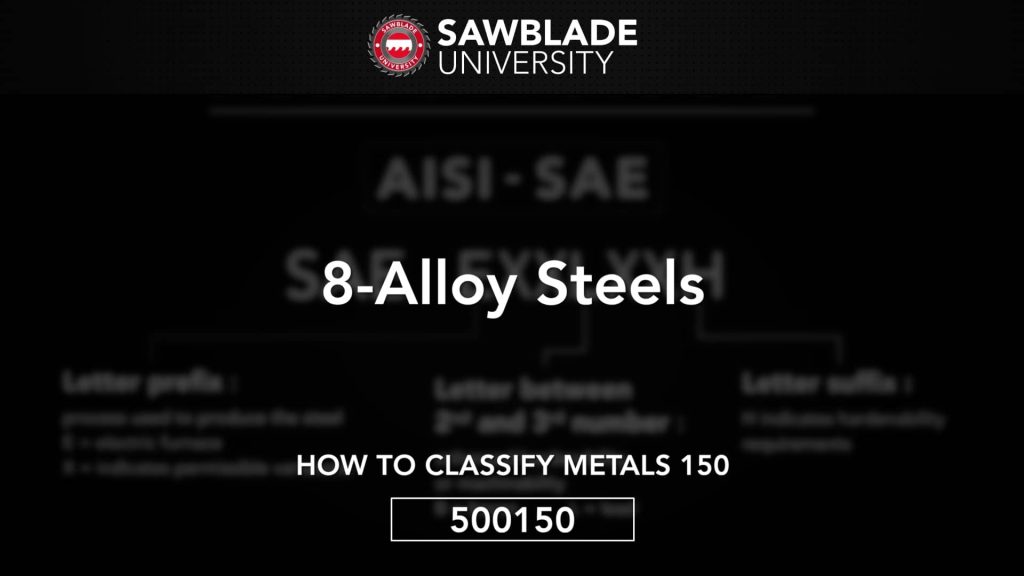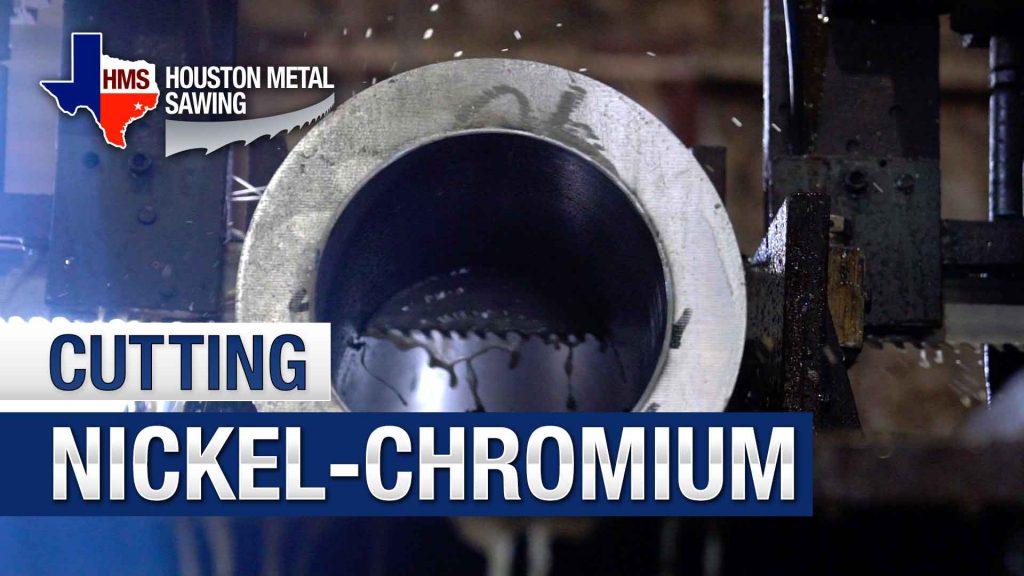Nickel Alloys
Nickel Alloys Product Guide
Nickel is an easy alloy metal that may be combined with various other metals, such as copper, chromium, molybdenum, and iron. As a result, many alloys are now possible, each with unique qualities, including high thermal strength, shape memory, and a low expansion coefficient. These alloys are also highly resistant to corrosion and scaling at high temperatures.
Table of Contents
Wrought Nickel
Pure nickel UNS N02200 is applicable in the chemical process industries because it doesn’t rust or corrode, especially when exposed to alkalis. It is also a barrier against electromagnetic signals and transducers because of its characteristics.
Nickel-Chromium Alloys
This type of alloy is known for its excellent corrosion resistance at both average and high temperatures (resistance to scaling) and strength at high temperatures. There are three primary categories of alloys, which are as follows:
Ni-Cr (and also Ni-Cr-Fe). These alloys with high electrical resistance are used for heating elements, and some examples of these alloys are 70-30 (UNS N06008) and C-Grade (UNS N06004)
Ni-Cr alloys. This alloy, combined with Fe and other alloying elements, possesses a high corrosion resistance. Examples of this include Alloy 600 (UNS N06600), and Alloy 601 (UNS N60101)
Ni-Cr alloys that are primarily age-hardenable and possess high-temperature strength in addition to creep resistance, such as Alloy X-750 (UNS N07750)
Nickel-Iron Alloys
These are applicable as soft magnetic materials, seals between glass and metal, and materials with well-defined thermal expansion properties.
The remarkable property of Invar® (UNS K93600), which consists of 36% nickel and the remaining iron in the same proportions, is that it has an essentially zero coefficient of expansion at ambient temperature. These properties are beneficial in high-precision measurement devices and thermostat rods. It is also employed at cryogenic temperatures due to its relatively low thermal coefficients.
The finest soft magnetic qualities may be found in 72-83% nickel alloys. These alloys are applicable in magnetic shields, transformers, magnetic amplifiers, inductors, and memory storage devices.
Nickel-Copper Alloys
These highly resist the corrosive effects of non-oxidizing salts, alkaline solutions, and saltwater. One of the most well-known alloys is Alloy 400.
Nickel-Molybdenum Alloys
These exhibit a high level of resistance to reducing acids even in the scarcity of oxidizing ions such as dissolved oxygen, cupric and ferric, which are both common. One typical example of this is Alloy B-2.
Nickel-Chromium-Iron Alloys
There are fundamentally two categories of these alloys as follows:
Ni-Cr-Fe. These alloys can withstand oxidation, carburization, and other forms of high-temperature corrosion. Additionally, these alloys have excellent strength at high temperatures. One of the most well-known alloys for this include UNS N08800, with its variations UNS N08810 and UNS N08800HT being the most common (UNS N08811). However, because of the large amount of iron (Fe) that these alloys contain, they were recently given the classification of stainless steel.
Ni – Cr – Fe. These alloy combined with molybdenum or copper possesses a high corrosion resistance for specialized uses. Alloy 825 (UNS N08825), which provides outstanding resistance to sulphuric acid, is perhaps the most well-known of these materials. Also, the corrosion resistance of Alloy G-3 (UNS N06985) is remarkable compared to commercial phosphoric acids and a wide variety of complex solutions comprising highly oxidizing acids.
Nickel-Chromium-Molybdenum Alloys
This alloy, known as Alloy C-276 (N10276), is very non-corrosive. They are resistant to acids that break down metals, like hydrochloric and sulphuric acid. Variations on this composition include changing the Cr and Mo concentrations and, in certain instances, adding Cu or W to increase the corrosion resistance in more oxidizing or reducing conditions. Examples of this alloy include Alloy 686 (N06686), C-22 (N06022), Alloy C-2000 (UNS N06200), and Alloy 59 (N08059).
Nickel-Chromium-Cobalt Alloys
Alloy 617 (UNS N06617) is improved in terms of its creep-rupture strength and solid-solution tensile strength when molybdenum and cobalt are included in the composition (UNS N06617). The incorporation of cobalt into HR-160 (N12160) results in the material exhibiting exceptional resistance to a wide range of high-temperature corrosion assaults, including sulphidation and chloride attacks in both reducing and oxidizing atmospheres. This property is beneficial in applications that need a high level of durability.
Nickel-Titanium Alloys
Nitinol (UNS N01555) is a nickel-titanium alloy with shape-memory capabilities. When heated to a higher temperature, it returns to its former shape after being distorted at a lower temperature. However, precise control of the content may be used to fine-tune temperature transitions. Some of the uses are medical devices and specialized connectors. The same alloy may also be subjected to significant elastic deformation and restored to its original size (super-elastic property). In the past, people have used this feature to make anything from eyeglass frames to earthquake-resistant shock absorbers for old stone structures.
Request For Quote

Monday through Friday
8:00 AM to 5:00 PM Central Time
Houston, Texas 77093
Our sawing capabilities include a large range of metals, castings, plastics or molded parts. You can count on Houston Metal Sawing to deliver your parts on time and within budget.






